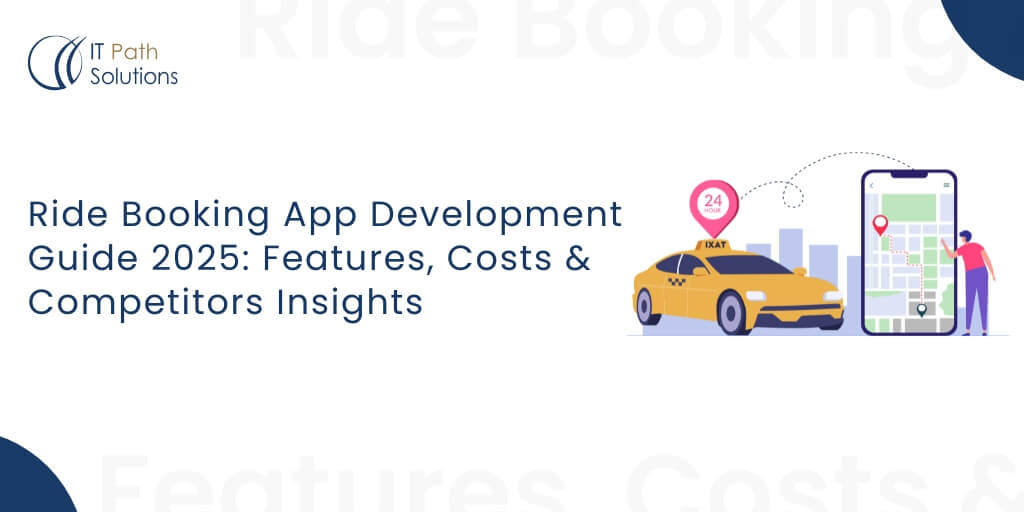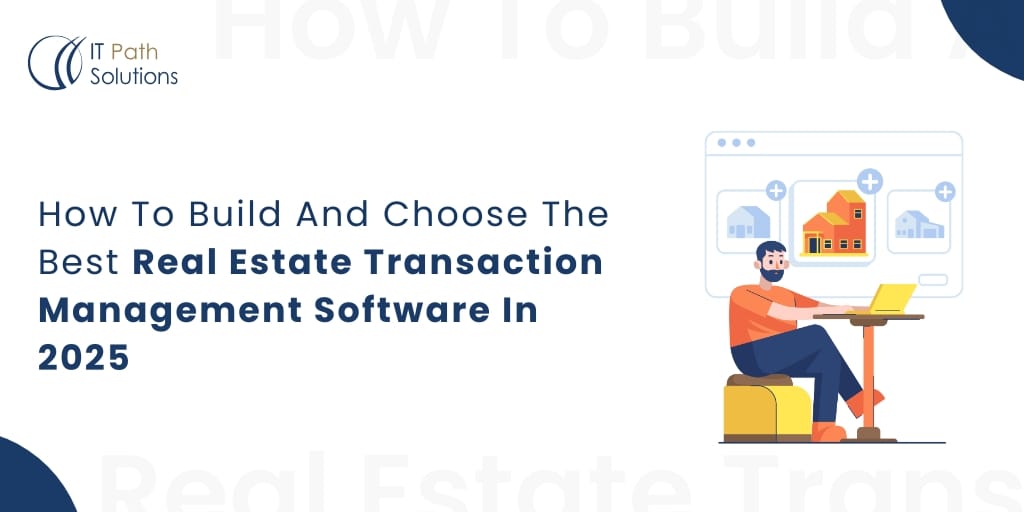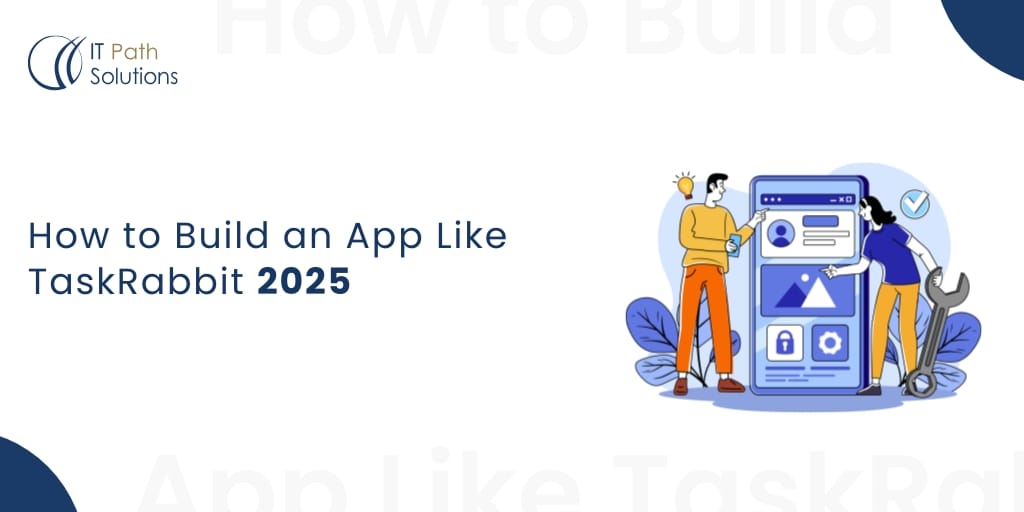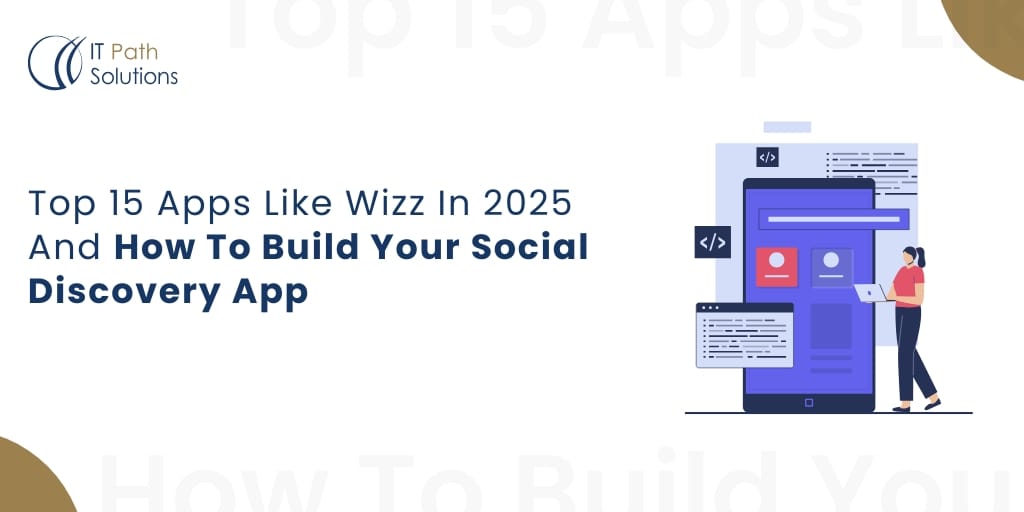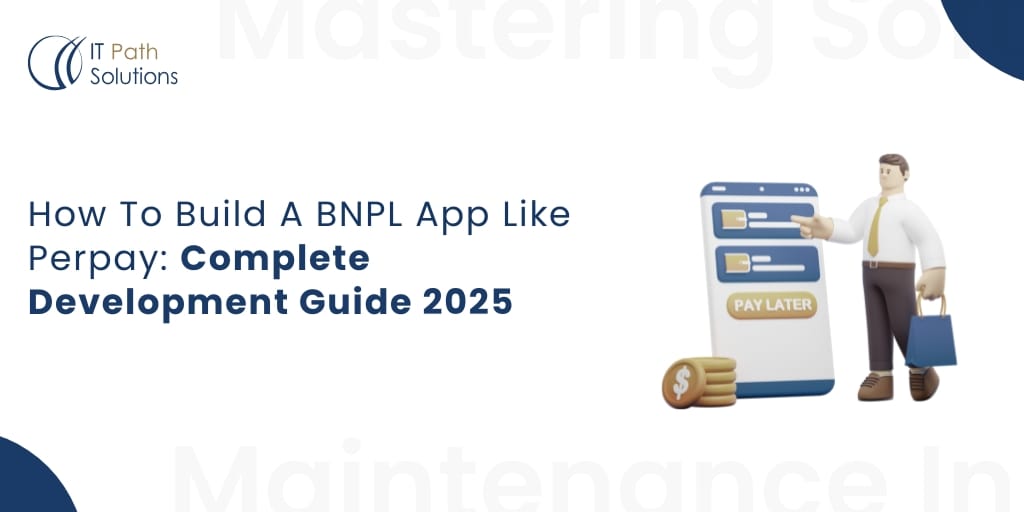Dynamic Pricing For Transportation Apps: How Zone-Based Pricing Maximizes Revenue
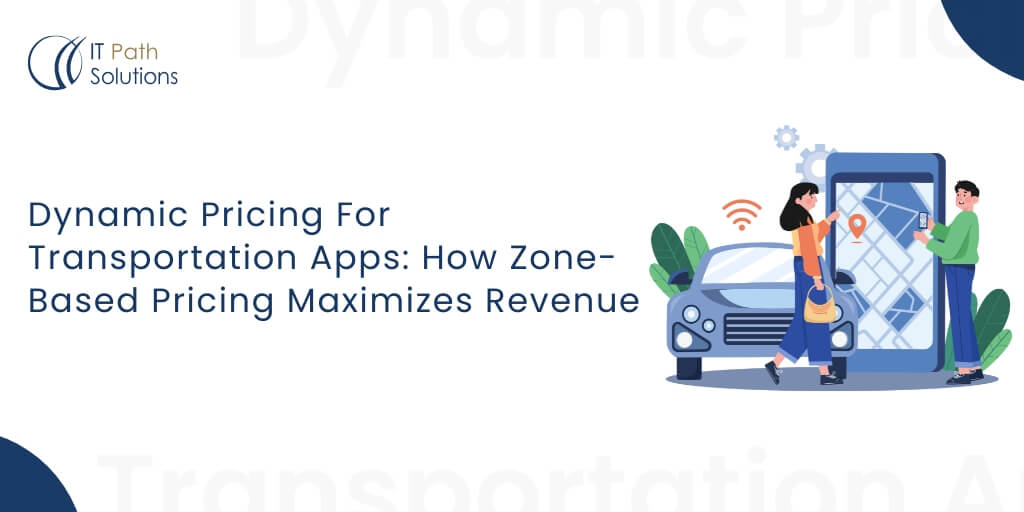
Imagine hailing a ride during rush hour, only to see the fare triple within minutes. At first, it feels unfair.
But here’s the twist: that substantial shift in price is what keeps drivers on the road, passengers moving, and platforms profitable. Without intelligent pricing, transportation apps would collapse under the weight of mismatched supply and demand.
Dynamic pricing in transportation apps isn’t just a fancy algorithm; it is the secret rhythm that balances rider satisfaction, driver incentives, and company revenue.
Unlike fixed pricing models that stay unchanged even when demand spikes, dynamic pricing adapts in real-time, ensuring no ride request goes unanswered and no driver feels underpaid. The outcome? Happier riders, motivated drivers, and a healthier bottom line.
Hence, we have created this blog to discuss the rideshare dynamic pricing model in depth, revealing why zone-based pricing rideshare strategies are emerging as the premier solution for scaling mobility businesses.
Whether you are an entrepreneur exploring transportation app revenue optimization strategies or a developer decoding how the transportation app pricing strategy works, the answers you seek lie here.
By the end, you’ll see how zone-based pricing opens doors to profits, fairness, and future-ready growth in your transportation app.
Let’s get started!
What Is Dynamic Pricing In Transportation Apps?
At its core, dynamic pricing in transportation apps is like a living organism that adapts to its surroundings. Instead of sticking to a rigid fare, the system regulates prices depending on real-world conditions.
This flexible approach is also called the rideshare dynamic pricing model. It ensures riders can still find a car during busy times while drivers feel fairly rewarded for their efforts.
The prominent difference between dynamic pricing and fixed pricing in transportation lies in responsiveness.
- Fixed pricing remains constant, whether it is midnight on New Year’s Eve or a quiet Tuesday afternoon.
- Dynamic pricing, however, reacts instantly to supply, demand, and even external events, preventing ride requests from piling up while drivers are scarce.
Several factors affect transportation app pricing:
- rider demand,
- driver availability,
- time of day,
- weather,
- traffic patterns,
- and even location-specific conditions, such as airport queues or event venues.
By weaving all these variables into a single pricing engine, dynamic models protect both platform revenue and service reliability. It’s the invisible hand that keeps the entire rideshare ecosystem balanced.
Core Insight: Dynamic pricing in transportation apps adjusts fares in real-time. It considers demand, supply, time, and location, unlike fixed pricing that remains static and risks creating an imbalance.
How Does Dynamic Pricing Work In Transportation Apps?

Behind every shifting fare in a rideshare app lies a fascinating process. Think of it as a digital orchestra where data, algorithms, and predictive models play in sync to keep riders moving and drivers motivated. The mission is straightforward: balance demand with supply while ensuring the platform remains profitable.
Here’s how it works step by step:
- Algorithm at the Core: Every app begins with the development of a rideshare pricing algorithm. It constantly monitors live demand, available drivers, and traffic conditions. If a spike occurs, such as a crowd leaving a stadium, the algorithm instantly recalculates fares to capture more drivers.
- APIs as Connectors: A Dynamic pricing API for transportation apps links directly with GPS, maps, and payment systems. It ensures data flows in and out of the pricing engine without delay, keeping fares accurate to the moment.
- AI and Machine Learning as Teachers: Machine learning dynamic pricing transportation models study historical data, learning when airports get busiest or which zones surge during morning commutes. The more data they process, the sharper their predictions become.
- Real-time Pricing Engines as the Brain: These apps rely on instantly combining all inputs. It is powered by geospatial pricing algorithms and spatiotemporal models. Hence, it considers the location and time when rides are requested. It prevents empty cars in busy neighbourhoods and long waits in quiet zones.
When these components are in synergy, the result is a pricing model that adapts with precision, rewarding drivers, and ensuring rider availability. It keeps the marketplace in equilibrium.
Main Point: Dynamic pricing in transportation apps works on algorithms, APIs, and AI-driven engines. It forecasts demand, adjusts fares in real-time, and maintains harmony between riders, drivers, and revenue.
Key Dynamic Pricing Models Compared
Not all dynamic pricing models are created equal. Transportation apps experiment with numerous approaches to determine the optimal spot between profit, integrity, and rider satisfaction.
The three most popular models are zone-based, demand-based, and surge pricing. Some platforms even use hybrid versions to maximize results.
Let us walk you through each.
Zone-Based Pricing
This model divides the city into zones and sets fares based on location-specific demand and driver availability. For example, rides from airports may carry higher base fares compared to suburban neighborhoods.
- Strengths: More predictable for riders, consistent revenue for operators
- Limitations: Requires accurate zoning and frequent recalibration
Demand-Based Pricing
Here fares rise or fall depending purely on rider demand and driver supply. Think of it as a seesaw that tips when too many riders open the app and not enough drivers are nearby.
- Strengths: Quick to implement, adapts rapidly during peaks
- Limitations: It can feel unjustifiable to riders when prices change too often
Surge Pricing
It is one of the most famous approaches. Surge pricing depends on algorithms to multiply fares during extreme demand spikes, such as New Year’s Eve or sudden rainstorms.
- Strengths: Fruitful incentive for drivers, maximizes short-term revenue
- Limitations: High risk of customer backlash and regulatory pushback
Comparison At A Glance
To help you visualize the differences, here’s a simplified matrix of how these models stack up:
| Model | Fairness | Complexity to Build | ROI Potential | Risk of Rider Backlash | Regulatory Pressure |
| Zone-Based | High | Medium | Strong, stable | Low | Low |
| Demand-Based | Medium | Low | Moderate | Medium | Medium |
| Surge | Low | High | Very strong short-term | High | High |
Each approach has its respective strengths and weaknesses. The real power lies in combining models, where zone-based stability meets demand forecasting flexibility and surge algorithms kick in during extreme peaks.
In a Nutshell: Zone-based, demand-based, and surge pricing models each harmonize fairness, complexity, and ROI in their own manner. Hybrid approaches often deliver the best outcomes for transportation apps.
Deep Dive: Zone-Based Pricing Rideshare
Zone-based pricing is quickly becoming the backbone of modern rideshare apps. Instead of treating every ride equally, this approach splits a city into zones and sets fares based on local requirements, traffic flow, and driver availability.
Think of it as a living map where prices shift like tides: rising in busy downtown hubs and easing in quieter suburbs. Let’s discuss in detail for better understanding.
How Zone-Based Pricing Works
- Zoning the Map: Cities are segmented into zones that fluctuate with demand and traffic conditions.
- Data-Driven Adjustments: The system analyzes historical ride data, driver supply, and rider demand in each divided zone.
- Dynamic Fine-Tuning: Prices are adjusted continuously to ensure hot zones remain profitable while low-demand areas attract drivers.
How Does Zone Pricing Increase Rideshare Revenue
Zone pricing increases profitability by keeping fares aligned with real-world conditions. Drivers naturally move to those areas when downtown rides carry slightly higher fares. It shortens wait times and increases the number of completed ride trips. This balanced supply-demand loop directly maximizes revenue.
Visualization Ideas For Zone Pricing
- Heat maps showing rider request density across different neighborhoods.
- Time-lapse visualizations of zones shifting during morning and evening rush hours.
- Comparison charts of average fare per mile across different city zones.
Startup vs. Enterprise Context
- Startups: Zone-based pricing provides smaller players with a competitive edge. It offers predictable, transparent pricing that captivates riders skeptical of sudden surges.
- Enterprises: Larger platforms benefit by optimizing at scale, integrating zone-based fare calculation transportation apps with AI-powered forecasts for millions of trips daily.
➡️Zone-based pricing is not just about splitting a city into blocks; it is about building a sustainable ecosystem where every ride adds value to riders, drivers, and the platform itself.
The Bottom Line: Zone-based pricing aligns fares with local demand and driver availability in that area. It boosts revenue while improving reliability for both startups and established transportation apps.
Here is something worth reading: Logistics App Development Guide
Benefits Of Dynamic Pricing For Transportation Apps

Dynamic pricing is not just a tactic to skyrocket fares during busy hours; it is the strategic backbone of sustainable transportation businesses. When applied correctly, it transforms every trip into an opportunity to harmonize revenue, rider trust, and driver satisfaction.
Let’s look at how this approach delivers measurable value across multiple fronts.
Maximizing Revenue And ROI
- By altering fares in response to demand, apps avoid missed ride requests and reduce driver downtime.
- Platforms see impressive margins as peak-hour demand is monetized effectively.
- It builds a predictable revenue stream with long-term ROI for investors and operators.
Regulating Demand And Supply
- Dynamic pricing ensures that rider requests never overwhelm driver availability.
- During busy times, higher fares encourage more drivers to log in, restoring equilibrium.
- During sluggish periods, lower fares encourage riders to book instead of turning to competitors.
Incentivizing Drivers And Improving Retention
- Fair compensation during high-demand windows motivates drivers to remain active.
- Incentives decrease turnover, keeping trained and experienced drivers on the platform.
- Consistent income fosters trust between drivers and the app.
Competitive Advantage In The Mobility Market
- Transparent and efficient pricing systems entice loyal riders.
- Investors perceive platforms with well-thought-out pricing strategies as scalable, future-ready businesses.
- Having an optimized transportation app pricing strategy becomes a significant differentiator in crowded markets.
➡️Dynamic pricing works as a unifying solution. It boosts revenue, regulates supply and demand, empowers drivers, and reinforces the brand’s market position. The tangible advantage is derived when all these benefits are connected to create a seamless mobility experience.
What This Means For You: Dynamic pricing maximizes ROI, balances demand with supply, motivates drivers, and strengthens competitiveness. It makes it the foundation of a profitable transportation app business model.
Challenges And Considerations In Pricing Models

Though dynamic pricing offers incredible benefits, it has its own hurdles that transportation apps must navigate carefully. If ignored, these challenges can erode customer trust, invite regulatory scrutiny, and destabilize the marketplace.
Let’s explore the salient considerations that every operator should address.
Customer Perception And Backlash
- Riders may feel unfairly charged when fares rise sharply during peak hours.
- Negative sentiment can spread swiftly on social media, tarnishing brand reputation.
👉Tip: Transparent communication and clear explanations reduce backlash and restore trust.
Pricing Elasticity And Rider Affordability
- Riders have a limit to what they are willing to pay before switching to competitors.
👉Tip: Apps must test and monitor elasticity carefully to avoid crossing the brink of affordability.
Regulatory And Ethical Concerns
- Authorities in some cities have placed caps on surge pricing to protect consumers’ interests.
- Ethical debates center on whether pricing discriminates against particular neighborhoods or demographics.
👉What You Should Know: Forward-thinking operators treat ethics not as an obligation but as an opportunity to innovate with fairness.
Marketplace Equilibrium
- High or exorbitant fares will deter riders from booking. In contrast, low prices discourage drivers from accepting the trip.
👉Note: Without proper balance, the marketplace risks collapsing into inefficiency. A well-calibrated model keeps both sides of the platform satisfied.
➡️Dynamic pricing is powerful when handled cautiously. Platforms that treat customer perception, affordability, and ethics as central pillars not only avoid risks but also foster trust and longevity in the market.
Must-Know Insight: Overcoming backlash, elasticity limits, regulation, and equilibrium risks is crucial for transportation apps to implement dynamic pricing models that instill confidence and offer long-term stability.
Best Practices For Implementing Dynamic Pricing

Executing dynamic pricing is not just about coding algorithms; it is about cultivating trust, ensuring fairness, and optimizing for the long run. Transportation apps that strive for transparency and customer experience often enjoy increased acceptance and sustained profitability.
Here are proven best practices that make dynamic pricing work effectively.
Transparent Communication With Riders
- Riders should always be aware of why prices fluctuate.
- Clear in-app notifications explaining high-demand conditions build credibility.
- Transparency reduces confusion and reinforces rider trust.
Setting Caps On Surge Pricing
- Caps prevent fares from becoming unreasonably high during emergencies or the busiest times.
- They protect customer relationships while still motivating drivers.
- Surge limits demonstrate responsibility and fairness.
Customer Segmentation And Personalization
- Different riders have diverse expectations.
- Offering loyalty discounts, frequent-rider perks, or personalized promotions can offset high fares.
- It creates goodwill while maintaining profitability.
Continuous Improvement With Data
- Observe how riders respond to fare changes in real-time.
- Adopt forecasting models to forecast driver demand more accurately and fine-tune pricing rules.
- Calibrate strategies frequently to remain competitive and relevant.
Using A Pricing Optimization Checklist
- Define clear KPIs such as acceptance rate, wait time, and rider satisfaction.
- Regularly review the checklist to ensure all aspects of pricing remain synced with business goals.
- Turn optimization into an ongoing cycle rather than a one-time task.
➡️Dynamic pricing becomes a long-term asset when platforms blend transparency, fairness, personalization, and constant advancement. These practices not only prevent backlash but also strengthen trust and loyalty among riders and drivers alike.
Knowledge Drop: Dynamic pricing succeeds when apps blend transparency, surge caps, personalization, and continuous optimization guided by data and checklists that ensure fairness and trust.
Tools & Software For Dynamic Pricing Success
Selecting the ideal tools is critical for a transportation app’s pricing strategy. Though algorithms lay the foundation, it is the software solutions and APIs that bring the system to life by ensuring scalability, speed, and precision.
With the right platform, transportation businesses can maximize revenue while offering seamless rider experiences.
Let’s explore the types of tools and solutions that govern effective dynamic pricing.
Best Zone-Based Pricing Software For Rideshare
- Specialized tools help operators create and adjust city zones automatically.
- These solutions often include heat mapping, demand forecasting, and automated fare calibration.
- Zone-based systems reduce manual supervision and improve profitability.
Dynamic Pricing Software And APIs
- APIs connect pricing engines with GPS, maps, and payment gateways for real-time updates.
- Dynamic pricing platforms integrate historical and live data to set precise fares.
- Operators obtain flexibility to test and fine-tune strategies quickly.
Mobility App Dynamic Pricing Solutions
- Cloud-based software makes it more effortless for apps to scale as they expand into new cities or markets.
- These solutions often support multi-region operations and real-time forecasting.
- Built-in analytics dashboards offer transparency into rider behavior and revenue trends.
AI-Driven And Cloud-Based Engines
- AI-powered tools learn patterns in demand, weather, and traffic to anticipate optimal pricing points.
- Cloud hosting ensures the system can handle spikes in traffic during rush hours.
- Machine learning models evolve continuously, making predictions sharper with every data cycle.
Security, Scalability, And Integration
- Security must protect rider and driver data as fare adjustments happen in real-time.
- Scalability ensures the platform can handle thousands of fare recalculations per minute.
- Integration with mapping, navigation, and payment systems is vital for seamless operation.
➡️The perfect mix of APIs, AI-driven tools, and scalable software does more than set fares. It builds a trustworthy ecosystem that enhances trust, efficiency, and long-term revenue growth.
Smart Summary: The best dynamic pricing tools combine APIs, AI-driven engines, and growth-friendly software to deliver real-time precision, rider trust, and seamless integration for transportation apps.
Here is something worth checking:- Role of AI in Supply Chain
Case Studies And Real-World Proof
Theory alone cannot win trust. Businesses and entrepreneurs want proof that dynamic pricing actually works in the real world. The good news is that some prominent names in the rideshare industry have already paved the way with strategies that transformed their revenue models.
Let’s walk you through how global leaders and innovative startups have applied aggressive pricing successfully.
Uber And The Surge Pricing Model
- Uber pioneered surge pricing by amplifying fares during high-demand events.
- This strategy incentivized drivers to move toward hot zones, drastically shortening rider wait times.
- While it faced initial backlash, Uber’s approach set a global standard for how rush-hour pricing benefits rideshare companies when implemented responsibly.
Lyft’s Dynamic Pricing System
- Lyft adopted a more balanced model, combining demand-based and zone-focused strategies.
- Instead of sudden spikes, Lyft introduced subtle fare variations that were straightforward for riders to accept.
- This hybrid approach helped Lyft strengthen rider loyalty while still maximizing profits.
Zone-Based Fare Calculation in Action
- Leading transportation apps have implemented zone-based pricing by segmenting cities into intelligent, data-driven zones.
- These systems calibrate fares smoothly across neighborhoods, keeping pricing transparent and predictable.
- Riders earn confidence in the system while operators enjoy steady revenue growth.
IT Path Solutions’ Success Story
- At IT Path Solutions, we developed a zone-based pricing engine for a rideshare startup in a growing metropolitan market.
- The solution recalibrates fares dynamically across major city zones using real-time traffic and demand data.
- The results were tangible: the client achieved an impressive increase in revenue within a shorter span and shortened driver idle time.
- By integrating machine learning and predictive analytics, we delivered a system that was growth-friendly, transparent, and trusted by both riders and drivers.
➡️These case studies demonstrate that dynamic pricing is not just a theory; it is a tried-and-tested revenue engine. Whether it is Uber’s surge, Lyft’s hybrid strategy, or zone-based systems crafted for startups, the evidence points to one conclusion: smart pricing elevates transportation businesses.
Quick Recap: Real-world case studies from Uber, Lyft, and IT Path Solutions confirm that dynamic pricing models, especially zone-based systems, drive higher revenue, phenomenal efficiency, and stronger rider trust.
Hiring And Development Considerations
Building a highly trusted dynamic pricing system requires more than algorithms and APIs; it takes the right development expertise and strategic guidance.
Selecting the incompetent partner can lead to wasted resources, inconsistent pricing engines, and frustrated users. To avoid these pitfalls, transportation businesses must carefully evaluate their options.
Let us discuss the pivotal aspects that you should consider.
How To Hire Transportation App Developers
✅Shortlist developers with demonstrated success in rideshare dynamic pricing models and transportation software.
✅Request for prior work with geospatial pricing algorithms and integration of APIs for real-time systems.
✅Ensure the team has an established reputation for building scalable, secure solutions.
Understanding Rideshare App Development Cost
Costs vary depending on complexity, features, and level of AI integration. For instance, a basic app with salient pricing features may be cost-effective. However, ultra-modern systems with spatiotemporal pricing models and forecasting engines will require more investment.
Hence, it is wiser to perceive cost as a strategic investment rather than an expense, since optimized pricing directly impacts revenue.
Here is a visual cost breakdown component-wise for better comprehension.
| Cost Component | Description | Approximate Range (USD) |
| App Design & UX | Wireframes, UI/UX for riders and drivers | $5,000 – $12,000 |
| Core Features | Ride booking, fare calculation, driver tracking | $10,000 – $20,000 |
| Dynamic Pricing Engine | Algorithms, real-time pricing engine rideshare apps, APIs | $15,000 – $25,000 |
| AI & Forecasting Models | Machine learning for dynamic pricing transportation, and demand prediction | $20,000 – $35,000 |
| Integrations | Payments, maps, notifications | $8,000 – $15,000 |
| Testing & QA | Security, performance, and scalability checks | $5,000 – $10,000 |
| Ongoing Maintenance | Updates, monitoring, support | $1,500 – $5,000 monthly |
The Role Of Transportation Pricing Consultants
- Consultants help define the ideal pricing strategy, select suitable models, and identify the most potent tools.
- They provide insights into market trends, regulatory challenges, and customer behavior.
- Blending consultation with development ensures both technical and strategic needs are met.
Why IT Path Solutions Is A Trusted Partner
- At IT Path Solutions, we bring years of experience in transportation app development and pricing optimization.
- Our team has delivered dynamic pricing app development services that integrate AI, APIs, and futuristic forecasting.
- We work closely with clients to design tailored solutions that balance rider satisfaction, driver incentives, and business profitability.
- From startups to enterprises, we provide scalable, future-ready platforms trusted by global clients.
➡️Finalizing the competent developers and consultants is not just about technical skills; it is about working with a partner who understands both technology and business outcomes. With the right team, transportation apps can confidently embrace dynamic pricing as a long-term growth driver.
What You Should Know: Hiring skilled developers, managing costs wisely, and working with trusted consultants like IT Path Solutions ensures your dynamic pricing system is agile, profitable, and future-proof.

Future Of Dynamic Pricing In Mobility
Dynamic pricing is already transforming the way transportation apps operate. However, the next wave of innovation will propel it to newer heights. Revolutionary tools will make pricing strategies more accurate, predictive, and personalized as technology evolves.
Let’s explore what the future holds for mobility.
Real-Time Demand Forecasting And Predictive Analytics
- Ultra-modern models will envision surges before they happen by analyzing weather, events, and traffic data.
- Platforms will be able to modify fares proactively. It will reduce rider frustration and driver shortages.
- Predictive analytics will minimize guesswork and deliver intelligent, data-backed pricing.
AI And Machine Learning For Pricing Optimization
- Machine learning will continue to improve how fares are calculated and identify hidden patterns in rider behavior.
- AI will enable apps to experiment with micro-adjustments in pricing and testing what works best in real-time.
- This constant learning loop will create a pricing system that enhances automatically over time.
Geospatial And Spatiotemporal Pricing Evolution
- Future pricing engines will combine both location and time to forecast demand with extreme precision.
- Algorithms will consider micro-zones, street-level variations, and even seasonal traffic flows.
- It will allow for hyper-personalized pricing tailored to specific rider scenarios.
Preparing For Autonomous Vehicles And MaaS
- As autonomous vehicles become mainstream, dynamic pricing will manage fleets without human drivers.
- Mobility-as-a-Service (MaaS) platforms will integrate public transit, micromobility, and rideshare into a unified ecosystem with consolidated pricing strategies.
- Savvy, dynamic systems will optimize across all modes. It will build the most efficient transportation networks we have ever experienced.
➡️The future of dynamic pricing is not just about raising fares when demand spikes. It is about designing predictive, intelligent, and fair systems that fuel next-generation mobility. For businesses, adopting these trends early will mean more impactful market positioning and long-term growth.
Final Thought: The future of dynamic pricing lies in predictive analytics, AI, geospatial algorithms, and MaaS platform integration. It will pave the way for shrewder, fairer, and more scalable mobility ecosystems.
Conclusion
Dynamic pricing has reshaped the transportation landscape. It demonstrates that savvy algorithms can create harmony between riders, drivers, and app operators. From fixed fares that struggled to keep up with demand shifts to intelligent models that calibrate in real-time, the industry has come a long way.
Throughout the guide, we’ve explored that the real strength lies in balance. For instance, zone-based pricing delivers predictable revenue and fairness, demand-based pricing offers flexibility, and surge pricing ensures rapid driver response during prime time.
Combining them thoughtfully will equip you with a resilient transportation app pricing strategy that fuels growth without driving away users.
➡️Remember, the future will be filled with predictive analytics, geospatial intelligence, and AI-driven systems that will continue to improve how fares are established.
Operators who adopt these tools early will not only maximize revenue but also build long-lasting trust. The future of transportation belongs to platforms that can remain profitable while ensuring pricing is transparent, ethical, and rider-friendly.
At IT Path Solutions, we help transportation companies turn these ideas into reality. By blending technical expertise with business insight, our team builds future-ready pricing engines that optimize revenue while protecting the loyalty of riders and drivers.
The future of mobility is already in motion, and the question is straightforward: will your app lead the way or be left behind?
FAQ
How Does Dynamic Pricing Work In Transportation Apps?
Dynamic pricing adjusts fares in real-time based on demand, supply, time, and location. Algorithms and APIs constantly recalculate pricing to keep rides available, drivers motivated, and platforms profitable.
What Is Zone-Based Pricing Rideshare?
Zone-based pricing segments a city into zones where fares vary based on local demand and supply. For instance, busy corporate hubs may be expensive, while quieter and remote areas remain economical, creating fairness and predictable revenue.
How To Calculate Surge Pricing For Rideshare?
Surge pricing applies a multiplier to the base fare during peak demand. For instance, a $10 ride at a 2x surge costs $20. Algorithms update multipliers automatically in real-time.
What Factors Affect Transportation App Pricing?
Pricing varies based on rider demand, driver supply, time of day, weather, traffic, and special events. External factors such as fuel costs and regulations also have a significant influence on final fare calculations.
Which Transportation Apps Use Zone-Based Pricing?
Uber, Lyft, and several regional platforms use zone-based pricing. Airports, stadiums, and downtown zones often have variable fares to reflect demand, encourage drivers, and stabilize revenue flow.
When Should Transportation Apps Use Dynamic Pricing?
Apps should adopt dynamic pricing during rush hours, holidays, and prominent events when demand spikes. It ensures shorter wait times, fair driver earnings, and balanced marketplace performance.
How To Optimize Transportation App Pricing Zones?
Optimization requires analyzing trip data, demand density, and driver availability. Heat maps and forecasting models help define zones. Regular fine-tuning ensures pricing reflects changing rider behavior.
How Long Does It Take To Implement A Dynamic Pricing System In A Transportation App?
A simple dynamic pricing feature may take around 3-4 months. However, advanced systems with AI forecasting and geospatial models typically require 6–9 months, depending on the needed integrations and customization.
What Is The Typical Cost Of Adding A Zone-Based Pricing Engine?
Basic engines cost $15,000 to $25,000. Ultramodern systems with AI, predictive analytics, and multi-zone scalability may exceed $40,000. You should also plan for ongoing costs for updates and monitoring.
Do Riders Trust Apps That Use Dynamic Pricing?
Yes, if pricing is transparent. Providing fare estimates, surge caps, and clear notifications upfront helps riders accept higher cab fares during prime time. Loyalty perks further reinforce trust and satisfaction with the app.
What Mistakes Should Transportation Companies Avoid When Adopting Dynamic Pricing?
Mistakes include overpricing without caps, poor rider communication, and failing to recalibrate zones. Ignoring driver feedback or depending too heavily on surge pricing can harm reputation.
Can Dynamic Pricing Be Combined With Subscription Or Loyalty Programs?
Yes. Apps can offer discounted fares or points to frequent riders while still using dynamic pricing. Combining both increases rider loyalty, offsets price fluctuations, and strengthens retention.
 Healthcare
Healthcare  Education
Education  Real Estate
Real Estate  Logistic
Logistic  Themes
Themes
 Plugins
Plugins
 Patterns
Patterns



